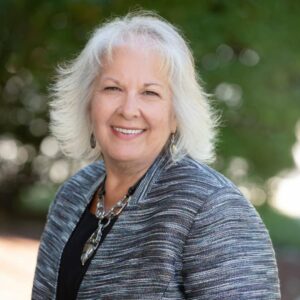Living in communities with more than a bed and a view
I’m doing it…and so are you. I’m talking about aging, of course.
It is not a reversible process and—spoiler alert—there is no magic formula. Truth be told, most of us don’t really want to be young again. Most of us simply want to remain in control of our minds and bodies, live independently and stay actively involved in the social fabric of our families and communities.
Is that too much to ask? I don’t think so. Most current facilities are institutional-style, but seniors don’t choose to live there. They end up there when there are no other alternatives.
The good news is the growing interest in alternatives. Each Environments for Aging Conference gives me hope that we can incorporate seniors’ personal and emotional needs as well as their physical needs in living situations. This year was no exception.
Whether people choose to age/live in place, ormove to a senior living, continuing care retirement, or planned multigenerational community, the focus is on interactions with others, i.e., community. But there are challenges.
Isolation is a major challenge. Is transportation available? How close is the nearest supermarket? Do they deliver? And what about home design? Stairs, bathroom configurations, and carpets, are among the safety hazards to seniors with age-related physical changes. And, are houses, or units within multi-unit buildings, set up to easily facilitate home health and other healthcare interventions?
Perhaps you’ve noticed the growing number of senior living and continuing care retirement communities springing up across the country. Although builders say consumer demand is for amenity-rich homes with eat-in kitchens, laundry centers, etc., not everyone can afford them. Fortunately,some architects and construction firms are developing affordable housing options.
Particularly impressive to me have been the innovative projects where the community takes a holistic approach to incorporate a living facility within its midst. So far, these have all been outside the U.S., in more socially progressive countries.
Building a space with bedrooms is a no-brainer. Building bedrooms within a community that serves the human needs of an aging population is something altogether different.
If you missed Environments for Aging 2013, plan to join us next year May 3-6 in Anaheim, Calif.
I Advance Senior Care is the industry-leading source for practical, in-depth, business-building, and resident care information for owners, executives, administrators, and directors of nursing at assisted living communities, skilled nursing facilities, post-acute facilities, and continuing care retirement communities. The I Advance Senior Care editorial team and industry experts provide market analysis, strategic direction, policy commentary, clinical best-practices, business management, and technology breakthroughs.
I Advance Senior Care is part of the Institute for the Advancement of Senior Care and published by Plain-English Health Care.
Related Articles
Topics: Housing











